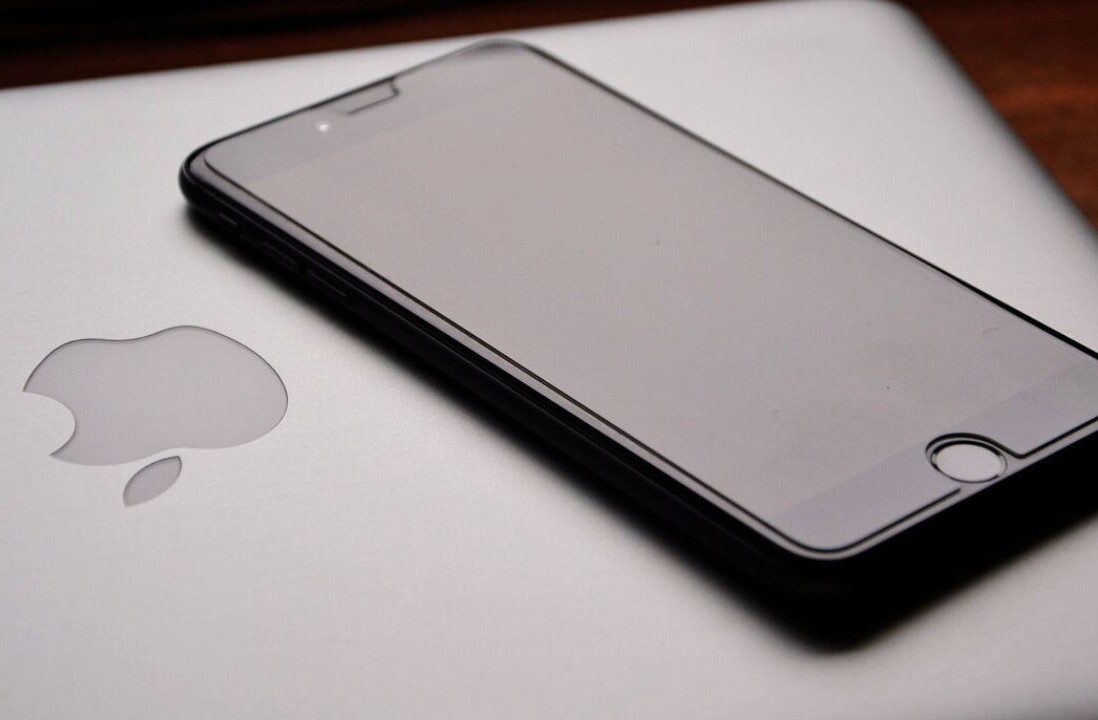
There has been a considerable amount of fear, uncertainty and doubt sown about Apple’s new Lightning Dock Connector adapters, introduced alongside the iPhone 5. There are three adapters that do a couple of different things, along with two more on the way.
I reached out to Apple and a spokesperson clarified several things that had become sticking points and topics for misinformation. Just for reasons involving my own sanity, I’m going to lay down the facts surrounding these adapters, perhaps helping others that may be confused by their capabilities.
There are three adapters currently available, two of which are a bit special:
These two adapters are a bit pricier than you’d think they would be, but that’s for good reason. There are actually chips in the dongles that enable several features that would be unavailable without them. Much of the reasons for this have to do with the fact that there are more and varied pins in the original dock connector (30) than there are in the new one (9). These are not just bits of plastic and metal.
The things that the dock connector adapters let you do:
- Analog audio output to stereos, docks and anything else that uses a 30-pin cable of any sort to send audio.
- USB audio output. If you’ve got a car stereo that takes a digital input over a wired-in USB cable, you’re still fine with this adapter.
- Syncing and charging, of course.
The things that they do not let you do:
- Utilize iPod Out, a relatively little used feature that allows transference of the iPod or iPhone’s music controls to an external screen or buttons, like the one in a car or on some home audio systems. BMW was an Apple partner for this feature.
- Video out. There are separate adapters coming for that.
Then there are two adapters on the way:
- Lightning to HDMI – $?
- Lightning to VGA – $?
These two adapters will let you send video out over either HDMI or VGA to projectors or other equipment. Now that Apple devices almost all have AirPlay, this isn’t as big of a deal, but it definitely can be for those without an Apple TV or who are in a corporate IT environment and just want to plug into presentation equipment. There still isn’t information about whether or not the HDMI adapter will send audio and video, but the current Digital AV Adapter does, so it should too.
Then there is an adapter to satisfy regulations surrounding the use of Micro-USB for charging and sync in the European Union:
- Lightning to Micro USB – €15
That adapter doesn’t do anything but charge and sync, that’s it.
So, I hope this helps a bit as a cheat sheet for those confused about the functions of these adapters and which ones they really need. If you still have questions, check out this article from Mike Rose at TUAW and this one from Dan Frakes at Macworld or feel free to drop them in the comments below and I’ll try to answer them at some point.
Get the TNW newsletter
Get the most important tech news in your inbox each week.






